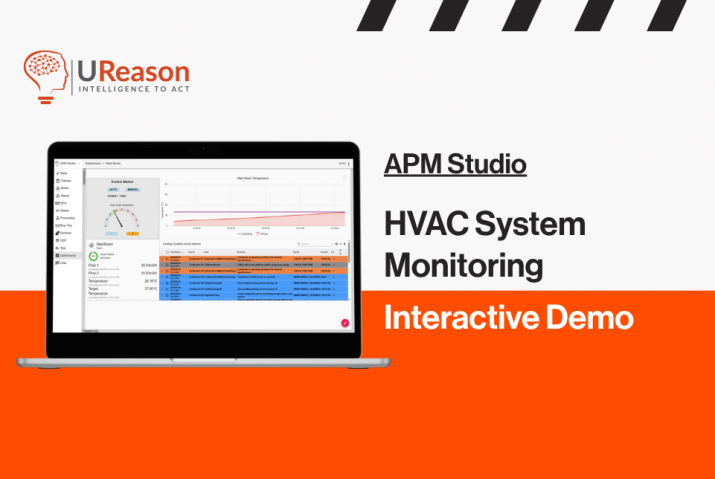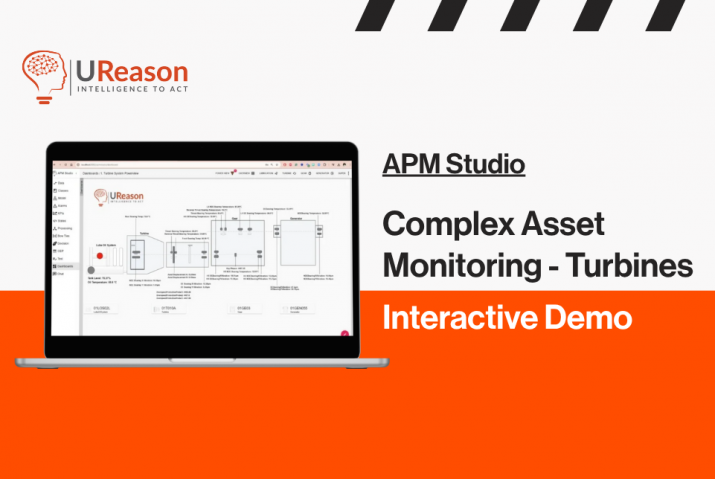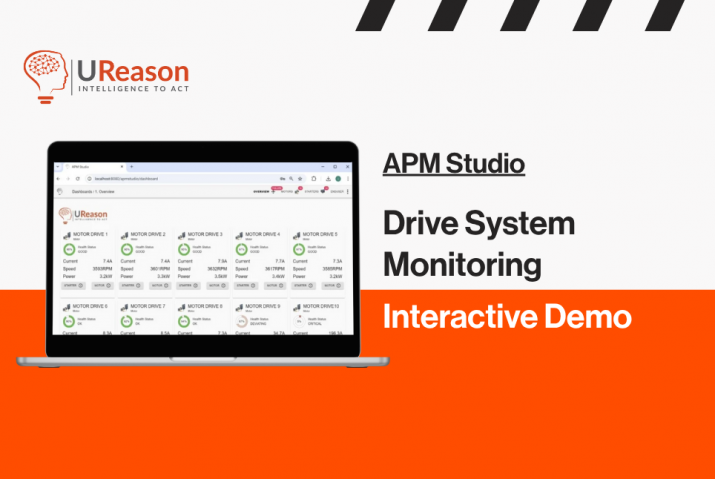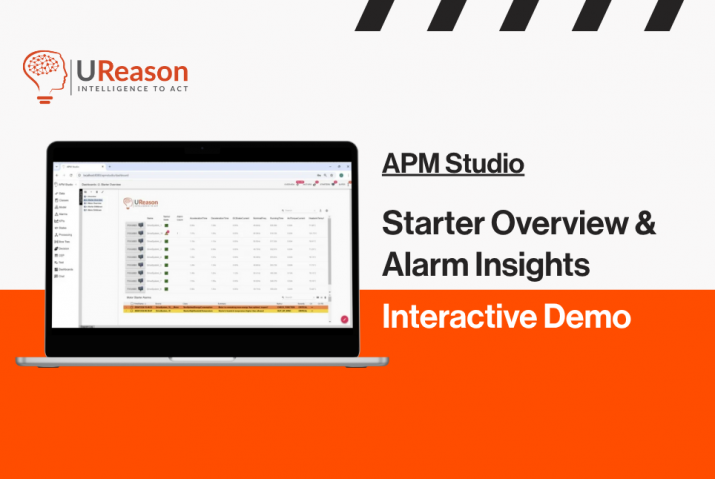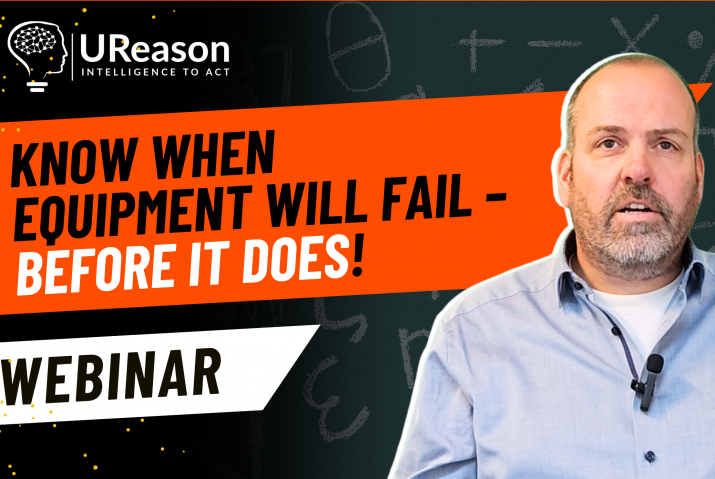In the bad old days, every so often, it was supposed to be valve analysis week. Suddenly, about once a quarter, the maintenance crew would descend on the plant and start to do valve checks, especially on the valves that were commonly seen to be problem actors. Sometimes, the operators and techs would check all the valves in a unit or train, but often, they assumed that if it wasn’t producing problems, it probably wouldn’t cause problems in the future.
This is what is called “magical thinking,” and such thinking would often get the plant in trouble from unexpected valve failures. That’s because there is no guarantee that just because a valve hasn’t failed before, it will not fail in the future.
The only solution is to check the operation of all the valves in the plant as often as possible. Some valves have digital outputs that can produce a picture of the ongoing health of the valve. In many plants, however, the digital outputs aren’t used for anything but startup and calibration. In many cases, the digital outputs don’t give a full picture of the health of the valve, from its trim to its actuator and positioner.
What plants need to do to improve valve performance management is to monitor the performance of each valve all the time. That’s the way to move to predictive maintenance and prescriptive maintenance practices. Generally speaking, CMMS systems aren’t designed to do that—they are designed to do some monitoring, but mostly schedule maintenance based on past history or emergency plant upsets. CMMS systems designed to manage the work processes but to analyse the asset condition based on process data.
What operators and maintenance techs need is a simple way to predict Remaining Useful Life of each valve and actuator. They need a continuous analysis system they can use to improve valve performance management.
What is needed is a low-overhead, no-coding, simple to use application that just monitors control valve health and helps to improve valve performance management. What is needed is an app that doesn’t require the installation of special sensors or need more operators or data scientists to use. New operators may not be possible due to headcount issues. Data scientists who understand the manufacturing and process control space are very thin on the ground.
Is there an app for that? That’s what operators and maintenance techs need. What they often get is a difficult-to-use CMMS system that does everything, but not monitoring valve performance very well.
What is needed is an app-based toolset that provides the means to monitor and predict the performance of control valves in the plant. That toolset is UReason’s Control Valve App—a simple, stand-alone app that will take the data you already have and use it in an AI-based analysis engine to tell you which control valves will fail soon and when they fail.
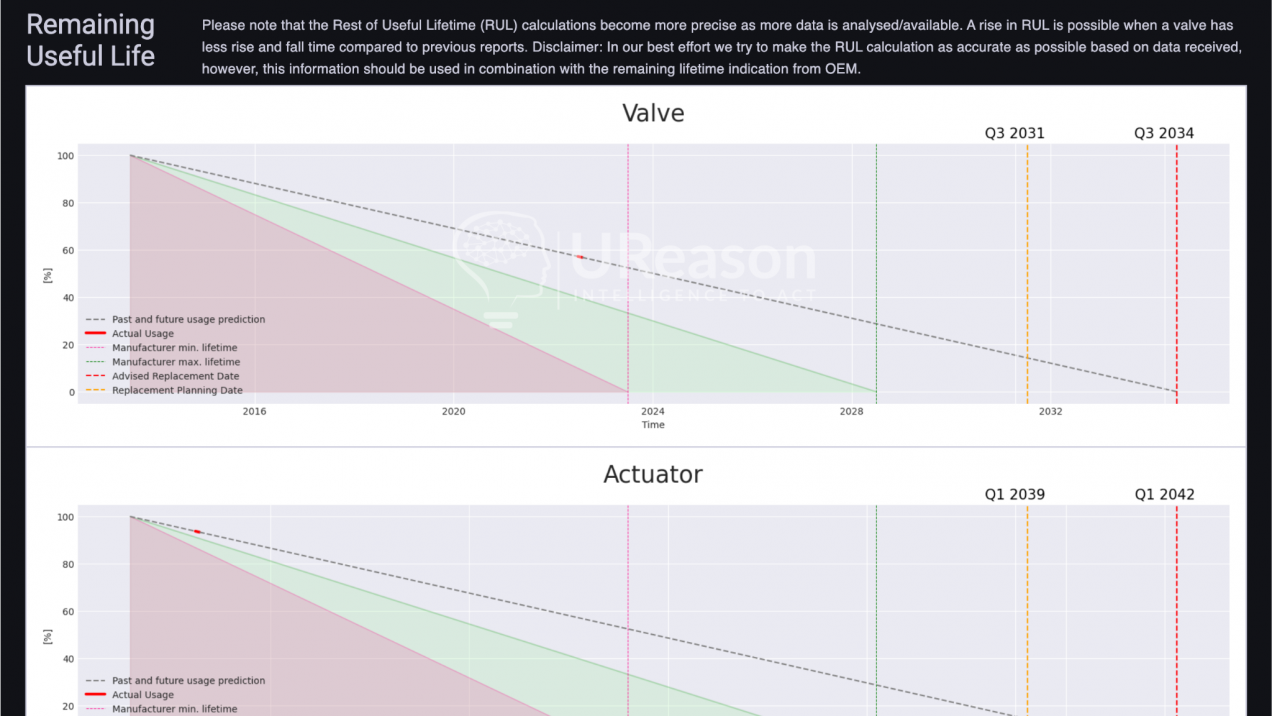
UReason has extensive expertise in valves, actuators, and the relevant processes. UReason has compiled a huge library of valves, compressors, motors, drives, fans, turbines and other devices and their failure modes. Using the library’s data, and the data from the valves themselves, the Control Valve App uses intelligent models that combine domain knowledge and artificial intelligence (AI) to provide immediate detailed analysis of the process and recommendations for control valves.
In the basic app, a PDF report is the output, while the premium version can have an online dashboard and provide job orders in the CMMS of the plant. You can use UReason’s intelligence in a single application, like the CVA, or in an enterprise version, UReason’s platform APM Studio to manage all of your process and all your varied types of assets.
The CVA will allow you to switch from reactive maintenance to data-driven prescriptive maintenance. It will reduce unplanned repairs, and even better, it will help you postpone significant replacements, based on the actual remaining useful lifetime of the valve or actuator.
Download Control Valve App brochure
If you want to see how the CVA works, and how you can best use it, you can download a brochure here.

